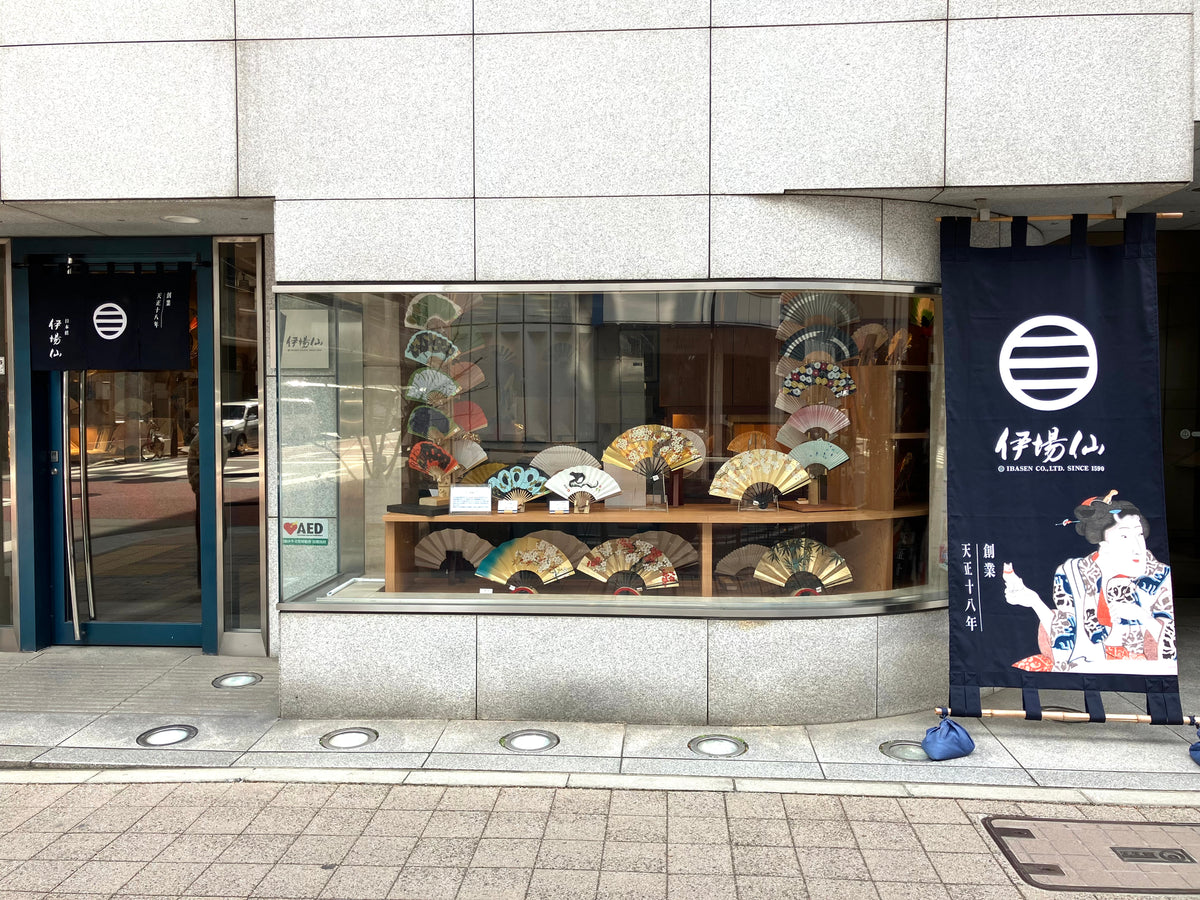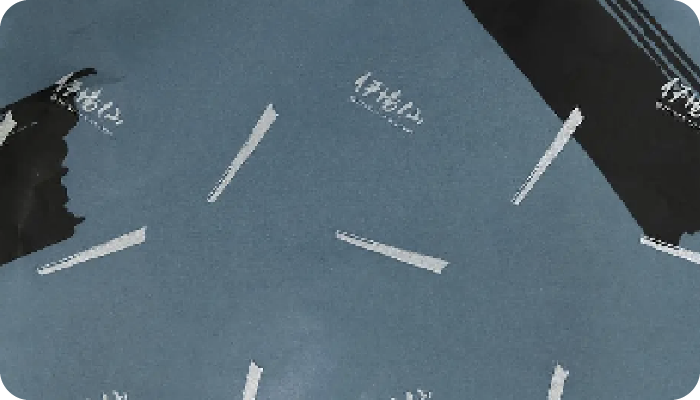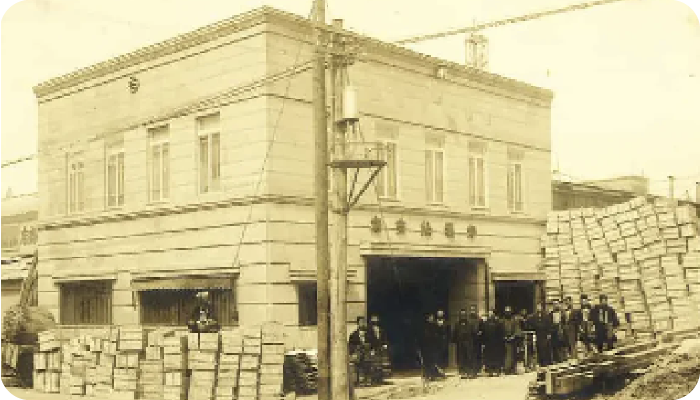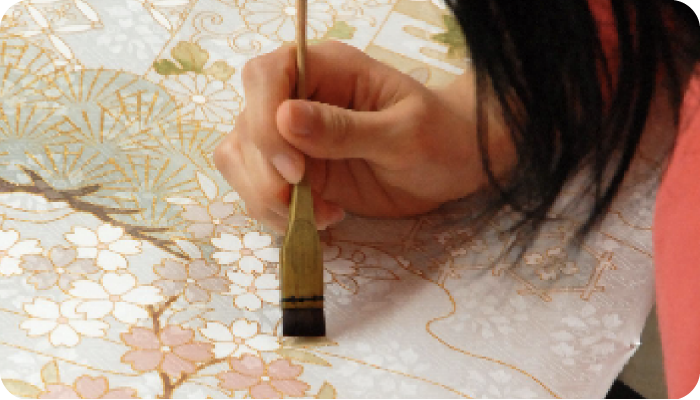round fanandfolding fanHistory of
In the ancient Takamatsuzuka burial mound, a noble lady holds up a large round wooden object sewn with lacquer on a stick about 80 cm long.round fanThe object looks like around fanThe "∗" part was sliced and folded into a foldablefolding fanThe beginning of the


China (Song Dynasty), 12th century
The hinoki fan is also carried by the hina dolls. However, hinoki fans themselves were also heavy, so they were made of paper and bamboo to make them more convenient to carry. It can be seen in Heian-emaki. It is carried by court nobles and shoguns as seen in TV period dramas.folding fanThe same thing can be seen in the "Heian-emaki" scrolls. It was also called "kawahori" (bat) because of its resemblance to the wings of a bat.
The compact size has continued to increase since then, and is still in use today.


Hina Dolls 1800s
folding fanbecame popular among the general public as summer possessions in the late Edo period. Japan'sfolding fanbegan to go abroad around the 15th century. It went to China and sandalwoodfolding fanand also went to Europe for silkfolding fanof silk. for the aristocracy.folding fanBut there were many in Kyoto, Nanjing, Paris, and Madrid.folding fanartisans in Kyoto, Nanking, Paris, and Madrid.
On the other handround fanThe "gundan" was mainly used by warlords when they commanded their armies. The prototype of this type can still be seen today in the gyoji's military banners used in sumo tournaments.


Tale of Genji picture scroll, 12th century


Torii Kiyonaga, 18th century
Afterwards,round fanThe use of paper and bamboo was also used to reduce weight. The paper was covered with gold leaf and painters were asked to draw extravagant patterns on it, which became popular among aristocrats. By the middle of the Edo period (1603-1867), the era of mass production and mass consumption began.round fanThe price of paper became too high for the common people to afford using the woodblock printing technique.


Utamaro Kitagawa, 19th century
At that timeIbasenAs a publisher of ukiyo-e prints, Utamaro Kitagawa ordered ukiyo-e artists of the day - Utagawa Toyokuni, Kuniyoshi, Hiroshige, and others - to create "media as media" depicting summer scenes and tourist attractions.round fanThe Ukiyo-e publishers of that time made the most of this opportunity to produce and sell "media" that depicted summer scenes, tourist attractions, etc.



